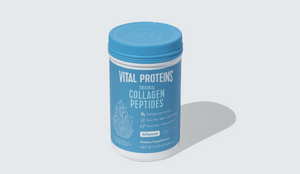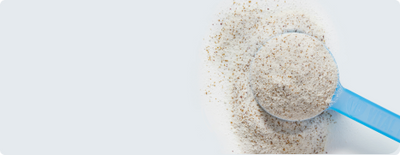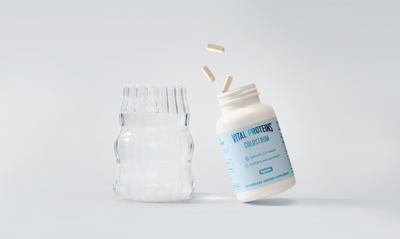From trying out a new color to straightening or curling your hair, there’s no doubt it can be fun to test out different looks. However, things like frequently experimenting with new hues, or excessive use of heat styling tools, can do a number on your locks. We recently spoke with some expert hairstylists about how to determine whether your hair is damaged and what you can do about it at home. Read on and you’ll be on your way to vibrant, shiny strands in no time!

How To Know If Your Hair Is In Need Of Some TLC
Split Ends
One telltale sign that your hair needs some TLC is if you have split ends. In order to determine whether this is the case, simply twist a bit of hair and look carefully at the ends that stick out — if the ends are split in two, they are damaged. “I always suggest a split end treatment like Brazilian Bond Builder’s B3 treatment to my clients and also love Oribe’s Gold Lust Nourishing Hair Oil — it’s great for all types of hair,” Natalie Jean, Hairstylist at Parlour Eleven says.
Lack of Shine
Your hair might be damaged if you’re noticing a serious lack of shine. Eva Scrivo, owner of the Eva Scrivo Salon and Academy in NYC and Author of “Eva Scrivo on Beauty: The Tools, Techniques, and Insider Knowledge Every Woman Needs to Be Her Most Beautiful, Confident Self,” says that if you’re trying to treat your hair with something like a deep conditioner and you’re not noticing any difference, or continued dullness, it’s quite possible there’s damage that’s gone to a deeper level.

Low Elasticity
Sarah Klein, Hairstylist at Nine Zero One Salon in Los Angeles, notes the elasticity test is another good indicator. “The elasticity of damaged hair is a lot less than healthy hair—if it is snapping easily instead of springing back when stretched, chances are it’s damaged,” she explains.
Dry & Brittle
“If your hair feels rough, dry and looks dull, there’s a good probability it’s damaged and lacking moisture,” says Klein.

Lots of Tangles
Look out for tangles. “Your hair shouldn’t tangle excessively if it’s healthy because the hair shaft should be smooth and the cuticle sealed,” says Klein. “If you’re noticing it’s taking a while to detangle your hair, your cuticles are probably rough and damaged, therefore causing knots and tangles.”
Issues With Color
Scrivo also recommends keeping an eye on color-treated hair. “If your hair is not as responsive to color, or overlyresponsive, there’s a strong possibility the hair is damaged, also leading to porosity damage.” She further notes that a good colorist should be mindful of processing time, as what might be average color processing time for one person, will likely be completely different for someone dealing with damaged hair.

How To Fix Damaged Hair
In order to get your hair strong and healthy, there are steps you can take at home. Klein says that when you’re at home, make sure you’re using a sulfate-free shampoo and conditioner and avoid using heat styling tools when you can (be sure to use a heat protectant when you do). She also suggests integrating hot oil treatments into your routine as they’re a “great way to nourish your strands and add protein and protection.”
Finally, Scrivo suggests regularly brushing your hair with a boar bristle brush which she dubs “nature’s conditioner.” Another tip — avoid brushing your hair when it’s wet as this can cause your hair to snap more easily (give it a brush when it’s dry before getting in the shower instead). In terms of products, she recommends Shu Uemura’s Ultimate Remedy Mask and ask your hairstylist about Olaplex No. 2, which can help strengthen hair that’s been over-processed through highlights and foils.













